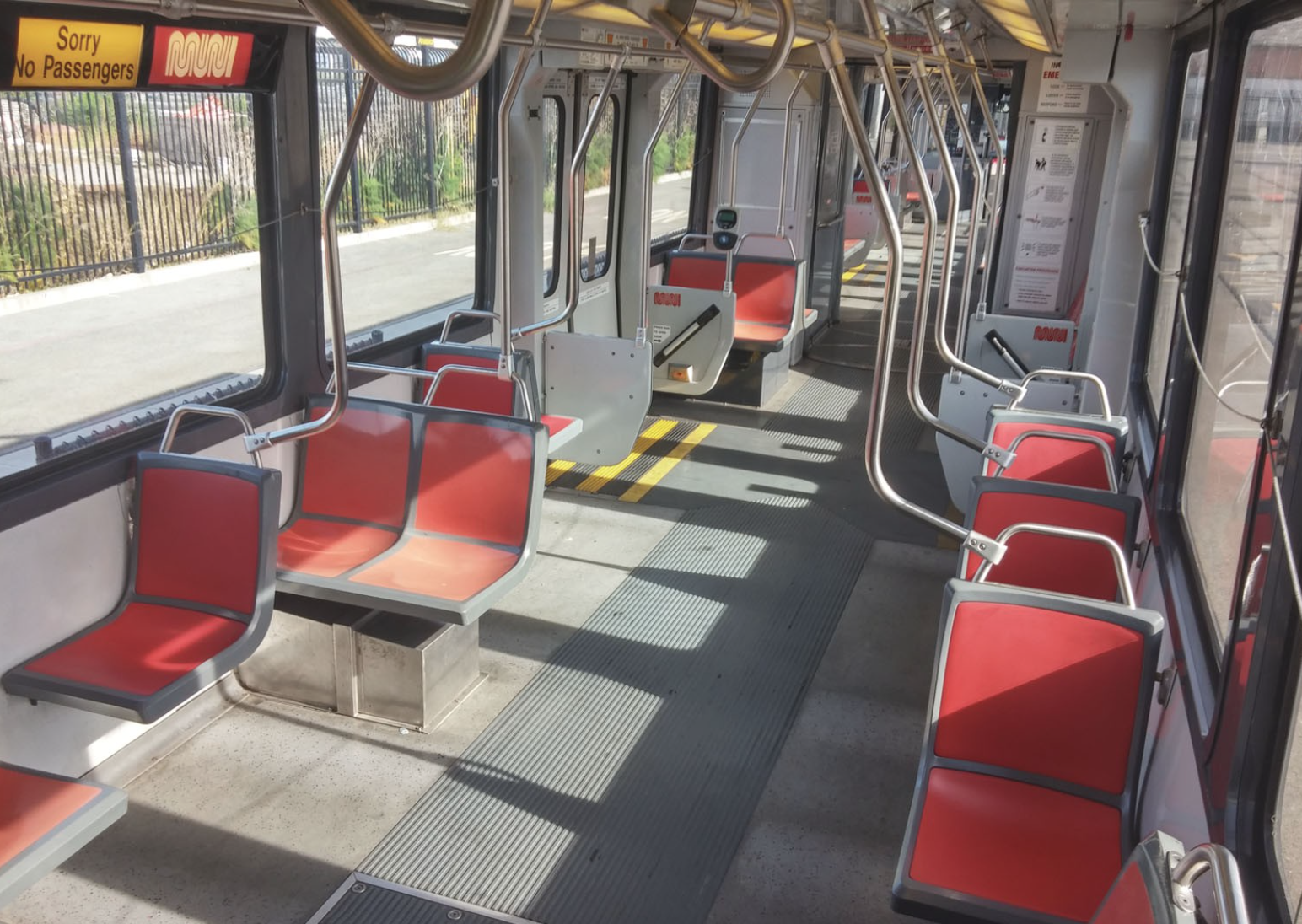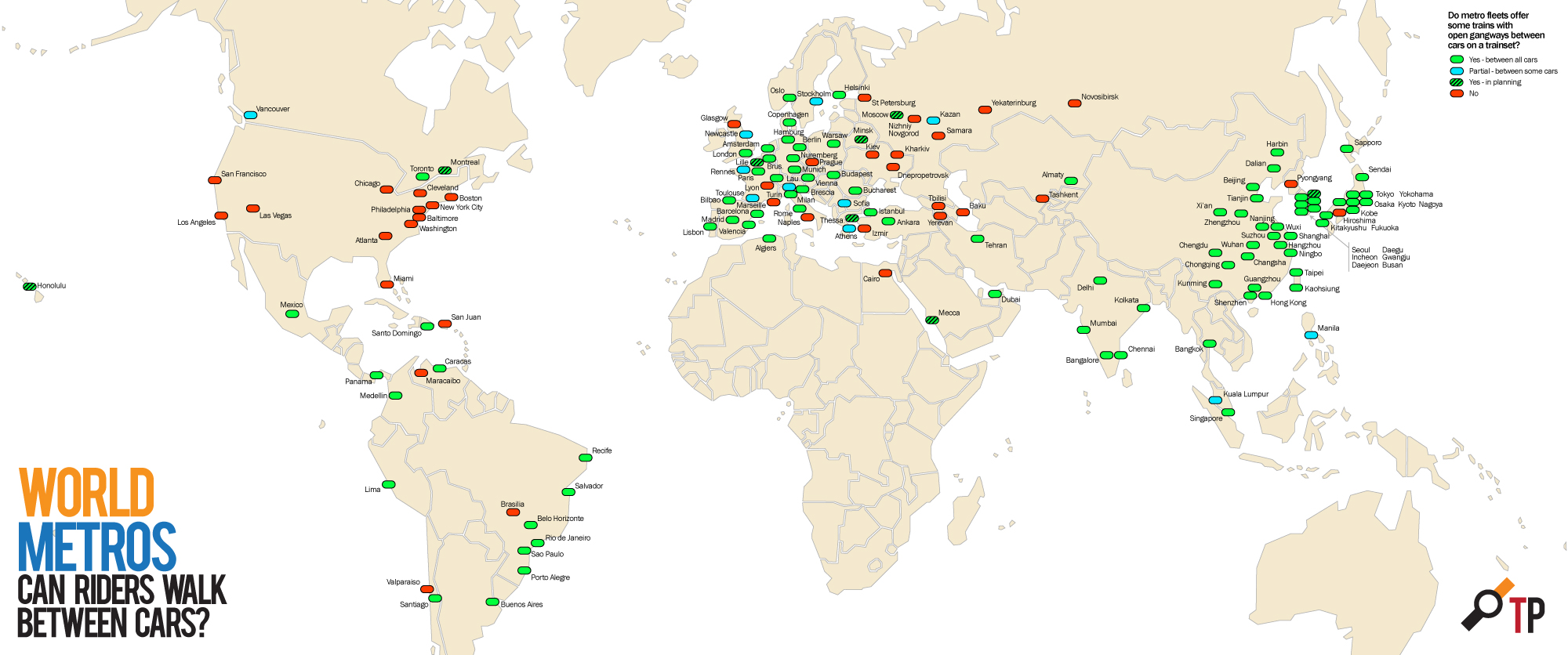How Can Link Vehicles Be Improved?

Peter Lorimer (Flickr)
At its September Board Meeting, Sound Transit approved the largest single budget item in its history, $733M to procure the remaining 122 light rail vehicles (LRVs) needed for the full ST2 buildout to Lynnwood, Overlake, and Des Moines. When delivered, these LRVs will triple Sound Transit's fleet from the current 62 LRVs to a total of 184.
Originally planned to occur in phases, with a vehicle budget within each Link extension project, Sound Transit switched gears and decided to execute vehicle procurement as a single contract, transferring $236M from the Northgate Link budget in order to do so. Sound Transit "determined that procurement of all 122 LRVs under a single project would provide efficiencies in coordinating, monitoring, tracking and reporting of the project progress."
The design and function of the new vehicles relative to the current fleet is an open question, though Bruce Gray hinted at some of the RFP requirements, such as four bicycle hooks per car instead of two. However, Sound Transit has already said that the two fleets will operate separately due to what is seen as insurmountable technical incompatibility between them. There will not be the ability to couple older and newer cars together.
While this is somewhat unfortunate from a fleet flexibility perspective, it does provide an opportunity to substantively improve over the first-generation design, providing ST with a much wider choice of manufacturer and specs. So how would you improve upon Link's current fleet? A few of my ideas after the jump.
1. A quieter HVAC system. For those who have traveled on other light rail systems, or who have had the good fortune to ride a Link train with a broken HVAC system, you know that Link is unnecessarily loud, with 80-90db of white noise at all times. A quieter ride would be a great improvement.
2. More comfortable seating. Link's rock-hard seats are a minor problem now, with the maximum trip length at 37 minutes, but their comfort will matter ever more as the system expands, especially if Link is (rightfully) intended to replace long-haul commuter routes, particularly from Snohomish County. Yet"
3. Less seating overall. The 2i-2 arrangement on Link's 1st generation fleet leaves the aisle excessively narrow and inhibits the efficient flow of passengers when under heavy load. Following Muni's example and reducing seats would be a positive step.

Mike Koozmin (S.F. Examiner)
4. Walk-through cars (open gangways). Closed vehicles waste space on couplers, reducing both seating and standing capacity. Though 75% of non-U.S. subway systems have moved to open gangways, they remain relatively rare in newer U.S. systems, and are rarer still on light rail systems. It would be great to see Sound Transit spec open gangway vehicles for Link.

Map by The Transport Politic